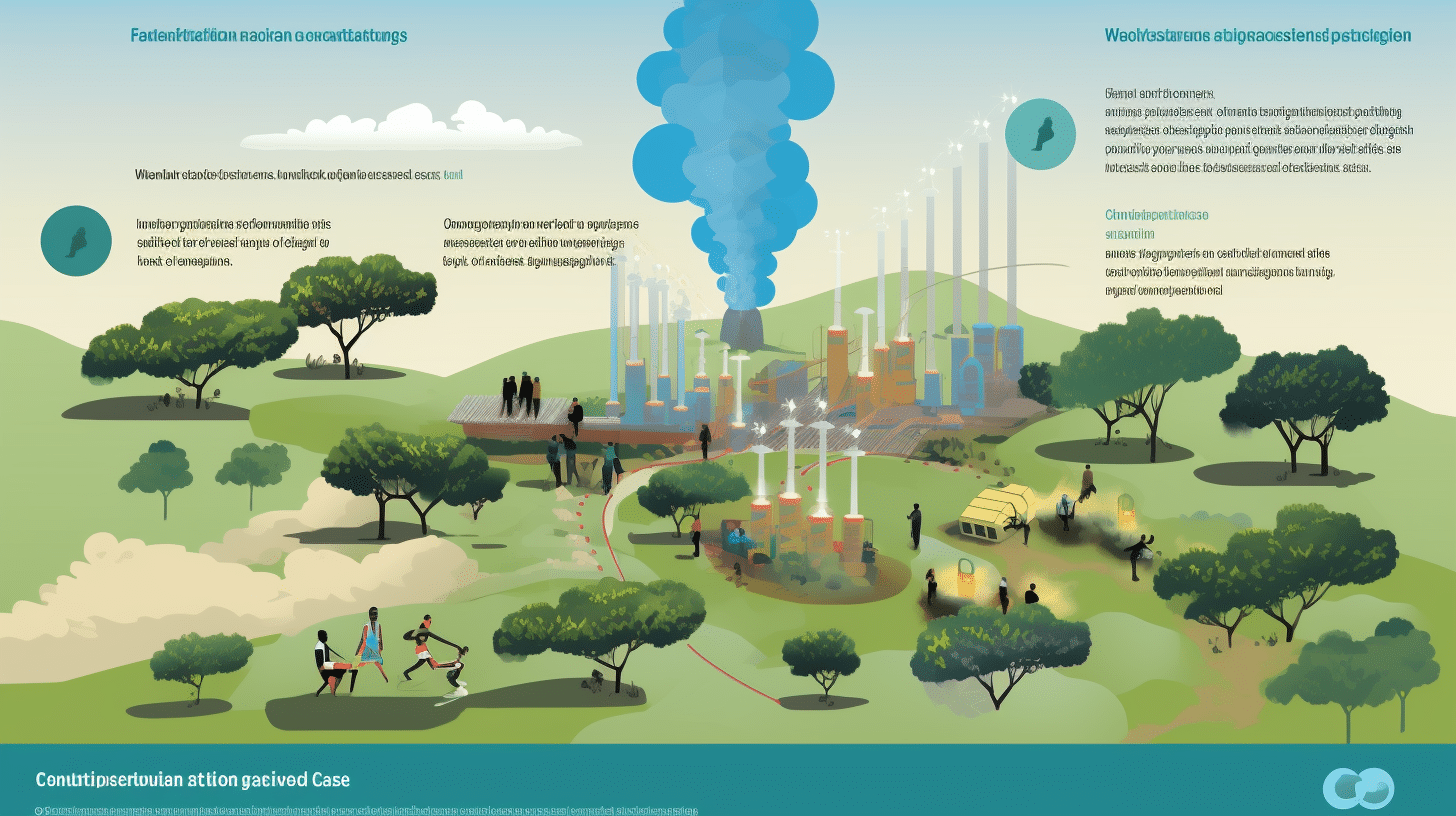Enrching soil carbon
Soil is the third largest carbon pool on Earth’s surface. Agricultural soils can be managed to reduce emissions by minimizing tillage, reducing use of nitrogen fertilizers, and preventing erosion. Soils can store the carbon captured by plants from the atmosphere by building up soil organic matter, which also has benefits for crop production. Adding biomass burned in a low-oxygen environment can further enhance carbon storage in soil.
Farming with perennials
Perennial crops, grasses, palms, and trees constantly maintain and develop their root and woody biomass and associated carbon, while providing vegetative cover for soils. There is large potential to substitute annual tilled crops with perennials, particularly for animal feed and vegetable oils, as well as to incorporate woody perennials into annual cropping systems in agro forestry systems.
Climate-friendly livestock production
Rapid growth in demand for livestock products has triggered a huge rise in the number of animals, the concentration of wastes in feedlots and dairies, and the clearing of natural grasslands and forests for grazing. Livestock- related emissions of carbon and methane now account for 14.5 percent of total greenhouse gas emissions more than the transport sector. A reduction in livestock numbers may be needed but production innovations can help, including rotational grazing systems, manure management, methane capture for biogas production, and improved feeds and feed additives.
Protecting natural habitat
The planet’s 4 billion hectares of forests and 5 billion hectares of natural grasslands are a massive reservoir of carbon both in vegetation above ground and in root systems below ground. As forests and grasslands grow, they remove carbon from the atmosphere. Deforestation, land clearing, and forest and grassland fires are major sources of greenhouse gas emissions. Incentives are needed to encourage farmers and land users to maintain natural vegetation through product certification, payments for climate services, securing tenure rights, and community fire control. The conservation of natural habitat will benefit biodiversity in the face of climate change.
Restoring degraded watersheds and rangelands
Extensive areas of the world have been denuded of vegetation through land clearing for crops or grazing and from overuse and poor management. Degradation has not only generated a huge amount of greenhouse gas emissions, but local people have lost a valuable livelihood asset as well as essential watershed functions. Restoring vegetative cover on degraded lands can be a win-win-win strategy for addressing climate change, rural poverty, and water scarcity.



0 comments